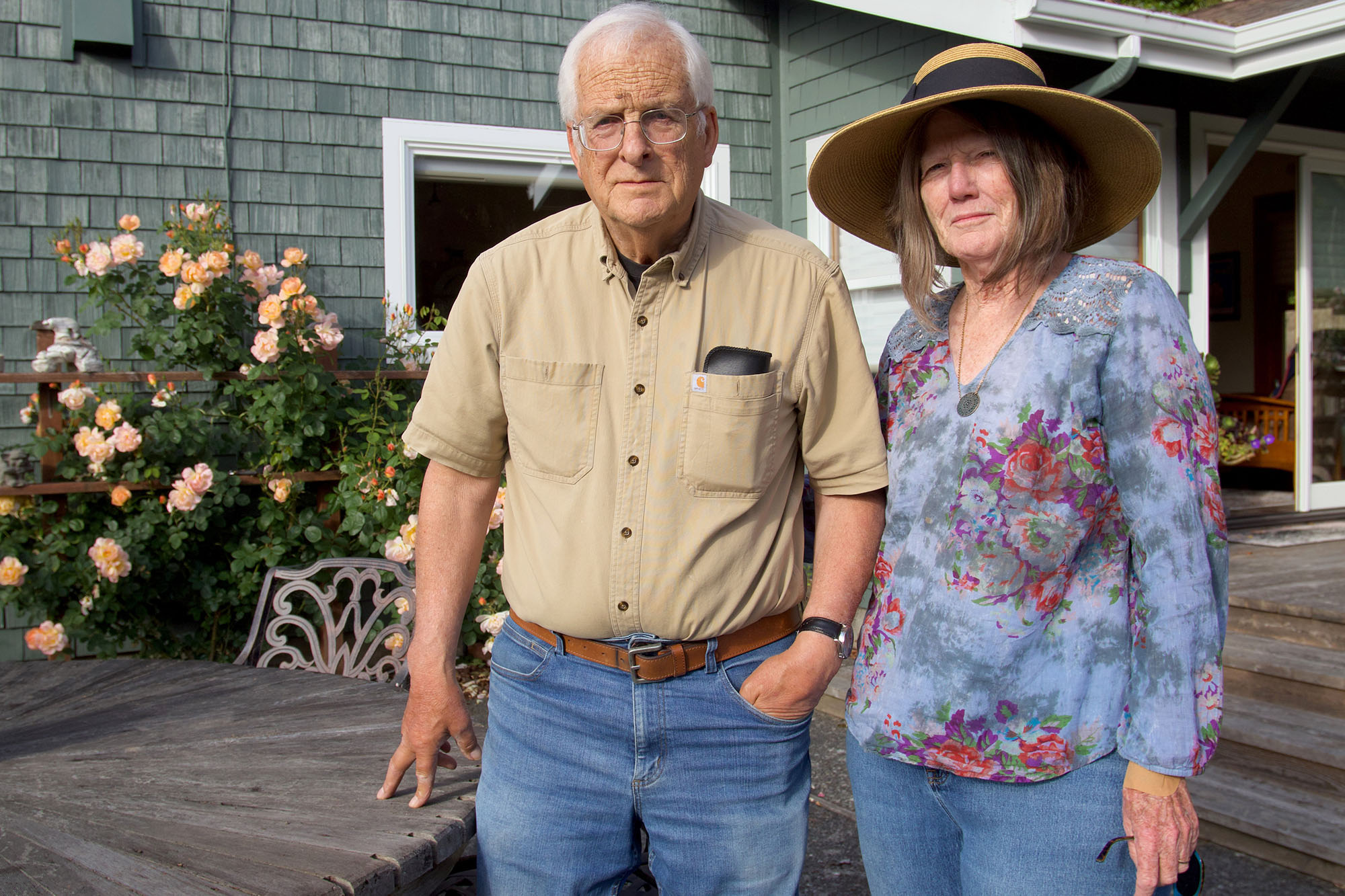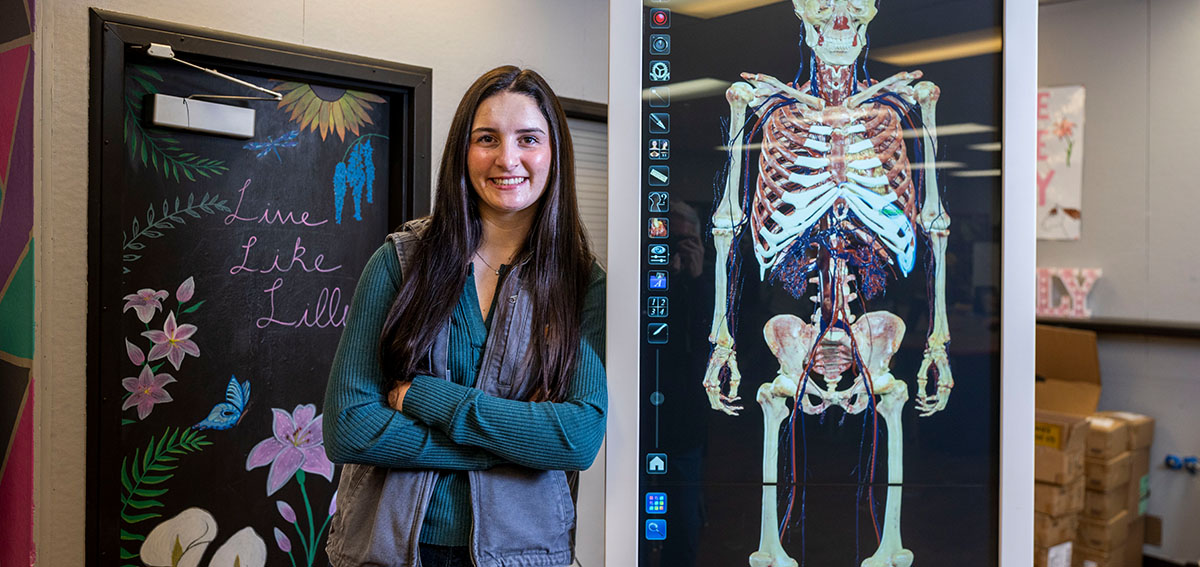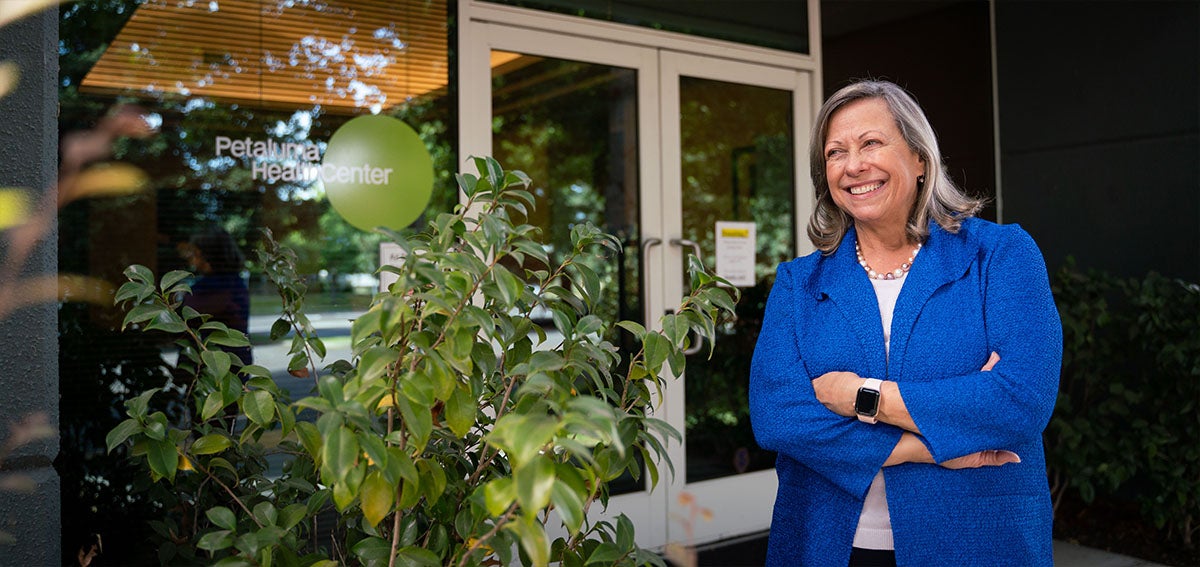
The rural northwest corner of Marin County, a stunning landscape that ends abruptly at California’s rugged and breathtaking Pacific coast, has long been home to people with low incomes in need of high-quality, affordable medical care. That’s why more than 40 years ago, the community created a local organization to provide it, the Coastal Health Alliance.
In recent years, it became apparent that Coastal Health, a small, standalone primary care clinic, wasn’t able to chart a path toward long-term sustainability. While facing challenges in recruiting and retaining staff, navigating complex federal regulations, and coping with low reimbursements, Coastal Health was struggling to stay afloat. In response, on July 1, Coastal Health combined with a larger Federally Qualified Health Center (FQHC) just over the mountains in Petaluma, a city that could support a more robust organizational infrastructure, draw patients from a wider area, and ensure financial stability.
Notes from an Acquisition
On April 1, 2020, in the middle of the coronavirus shutdown, Ravenswood Family Health Center in East Palo Alto acquired MayView Community Health Center and its three clinics in Santa Clara County.
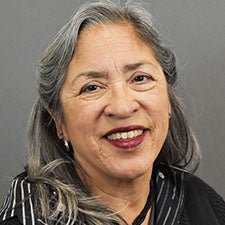
Ravenswood CEO Luisa Buada, RN, MPH, shared these suggestions for acquiring organizations that she learned from this transaction. These might not be applicable to every organization, but they bear consideration as issues to be aware of:
- Create a shared value statement. We started a board transition team from each site to talk about what really mattered, the more emotional things: the name, are you going to take us over and close us down? There’s a lot of fear in these types of arrangements. The CHCF document on how to evaluate your values, how to bring cultures together, was very helpful.
- Move fast. When MayView didn’t get its federal grant in August 2019, they figured they had six months left. The first meeting we had with our board was September 2019. On December 10, we all agreed we would move forward with the acquisition. They were going to go bankrupt if we didn’t take them over. On March 31 their employees became our employees.
- Go on a couple dates early on. It’s to reduce the anxieties, create a safe space for people to say what’s on their mind, to resolve the potentially volatile issues that come up later. The concerns of the board are often different from those of the staff. You don’t want an arranged marriage where there is no homogeneity.
- Look at the balance of compliance in each organization. That is where you’re going to have conflicts down the road. People may be used to not being in compliance.
- Be open to walking away.
- Feed the peeps. Every time we had a meeting with MayView people, we brought food. It always helps to feed people. At their clinic, any time they had food, because of their financial situation, it was a potluck. The staff had to bring their food. So we said, we’ll feed you. We wanted them to think, “Mom’s going to take care of us.” That made a big difference.
—J. Duncan Moore Jr.
Coastal Health is not alone in such struggles. Other smaller FQHCs and small independent physician providers in California face the same dilemmas and may end up making similar choices. Consolidations like the one between Coastal Health and Petaluma Health Center demonstrate how organizations can achieve greater scale and continue to provide accessible care to the Californians they serve.
That’s why CHCF commissioned a guidebook to help California FQHCs that are considering a merger or acquisition or are endeavoring to implement one. The new toolkit, called Mergers and Acquisitions: A Practical Guide for Community Health Centers, is intended to provide tactical support and guidance for those going through the process. The foundation will unveil the toolkit in a virtual conference on Oct. 12.
“Soup-to-Nuts” Guide
“It has been increasingly challenging for small health centers and small physician practices that provide care to Medi-Cal enrollees to thrive in the current environment,” said Carlina Hansen, a CHCF senior program officer. The toolkit is intended to be a “soup-to-nuts guide for mergers, from due diligence to closure. There are a lot of pitfalls along the way, and we hope that this guide will help people avoid them so they can create strong, lasting partnerships.”
Those who dedicate their professional lives to nonprofit medical care for low-income populations do not typically develop expertise in mergers and acquisitions (M&A). That is the province of investment bankers and business consultants. “We work on passion,” said Kathryn Powell, CEO of Petaluma Health Center, Coastal Health’s merger partner. “We don’t have a lot of money. We’re always trying to make do with less.”
The growing regulatory and compliance framework facing small health centers nationwide is a strain. An independent clinic or a small network of clinics may not have the bandwidth to satisfy the ever-expanding requirements of the US Health Resources and Services Administration, Medi-Cal, the state attorney general’s office, and Medicare, not to mention managed care contracts. The cost of regulatory overhead is exorbitant.
At Coastal Health, all those issues were present along with the real show-stopper: the difficulty of recruiting and retaining qualified medical personnel, including a chief medical officer, said Steven Siegel, Coastal Health’s former CEO. Also needed were the skills to keep up with pay-for-performance initiatives that are gaining currency in the reimbursement field.
“Recruiting in general is hard, and it is hard in rural areas” like western Marin County, where the economy is based on farming, tourism, real estate, and hospitality, Siegel said. “There is a need for the clinic. We have many people living under poverty.”
A Contract Chief Medical Officer
So that was the outlook when he approached Petaluma in 2018. Powell’s organization supplied a chief medical officer on a contract basis as a first step in bringing the two organizations together. “Our CMO became their CMO,” she said. “That helped immensely.”
The Petaluma CMO’s involvement uncovered some problem areas. Quality improvement and operations challenges needed to be addressed. The Coastal Health electronic health record (EHR) system had not really been optimized. “We helped them with tools that could improve clinical outcomes used for earning more money with pay-for-performance,” she said. “Their clinical outcomes in those areas improved immediately.”
The Petaluma medical director worked with Coastal Health providers on standardizing care to raise the clinic’s safety standards. Coastal Health didn’t have a strong system for managing patients on controlled substances — an important point in the context of the opioid epidemic and an area of focus with which Petaluma was prepared to help. There also was a lot of work to be done in administering billing, collections, and provider credentialing.
The two clinics gradually started becoming more alike — the $5 million-a-year organization raising its game to the level of the $45 million-a-year organization.
Petaluma’s acquisition of Coastal Health turned out to be a smart move, said Greg Facktor, lead author of the M&A guidebook and a consultant based in Los Angeles. “Here’s a case where doing a good deed was also, after due diligence, a savvy way to help preserve and grow services in the community.”
Nothing is more highly regulated than the health care marketplace, and there is no way to keep up with that burden unless a clinic is attracting new patients, he said. “To address the complexities of the business, to have economies of scale, to have human resources and recruitment and retention, to be able to put the money into quality assurance, to have good behavioral health, to afford software for population health management — they have to grow.”
Cultural Integration
Facktor estimates that 70% of acquisitions are successful and 30% are not. “It rises and falls on a cultural value: whether they can organizationally have a communications plan in place, whether they can excite stakeholders and have a cultural sensibility that embraces growth.” (Last year CHCF published a manual focused on the important cultural implications that must be considered in health clinic partnerships, A Hands-On Guide to Cultural Integration in Community Health Partnerships and Alliances.)
Forthrightly addressing organizational culture issues proved critical to the success of the Coastal Health-Petaluma merger, Powell said. “What was really important to Coastal Health was not necessarily what was important to us,” she said. Petaluma was concerned with how the combination would affect its finances and other systems of care. Coastal Health wanted to know what their jobs would be, who they would report to, where they would work, and what their benefits would be.
“Those are issues we were not ready to talk about,” Powell said. “We thought, ‘Don’t worry about it — you’ll all have your jobs.’ That wasn’t good enough. My advice is to listen to them. Find out what they need. Respect them. Make sure you have a work plan that is flexible.”
When a large organization absorbs a smaller organization, a lot of things can happen, Siegel said. The larger organization doesn’t know what it’s getting. The merger affects staff, operations, morale.
“We pre-merged,” he said. “It’s a long, slow process. That is what I think made it as successful as it could be.”
Today, the two organizations are in a transition phase. While the acquisition has been completed and Coastal Health Alliance ceased to exist as a legal entity, its spirit and commitment to patients lives on as a valued part of Petaluma Health Center. The staff are working through combining the EHR, payroll, information technology systems, human resources systems, medical leadership, and other operational issues at the various locations. It is an extended, time-consuming undertaking that cannot be avoided.
“All health care leaders are in a constant state of change,” Siegel said. “If you’re not comfortable with change, then you’re in the wrong business. We just want to take care of people, and we want them to be healthy and happy. All this other stuff, the workarounds we do to be successful, they can never stop.”
Authors & Contributors
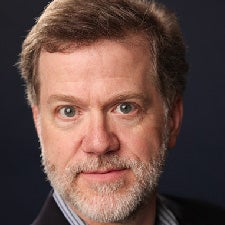
J. Duncan Moore Jr.
J. Duncan Moore Jr. is a freelance writer based in Kansas City, Missouri, who has been writing about health care for more than 25 years. He is a founder of the Association of Health Care Journalists.

